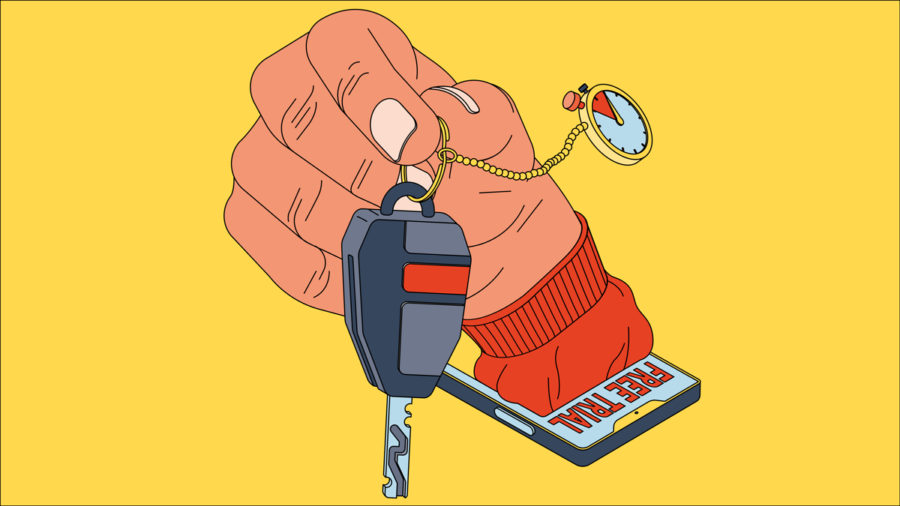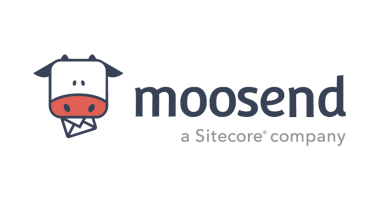
Against the backdrop of the cost-of-living crisis, a free trial is a customer-acquisition model that more companies might want to consider.
With people increasingly mindful of where and how they spend their money, a free trial is a valuable opportunity to provide proof of concept, notes Roz Sedgwick, marketing director at FT Professional, the B2B news and analysis spinout from the Financial Times. “People are always more likely to buy something they know definitely works,” she says.
Firms should be wary, however, of giving away too much of their product or service for nothing. Indeed, a successful free trial – that is to say one that converts a ‘sampler’ into a repeat customer – depends on hitting a few key marketing high notes and taking some important operational precautions.
Free trials should be simple and flexible
For Chris Wade, chief marketing and product officer at telecommunications software firm CircleLoop, the best free trials require a “simple onboarding process and a flexible approach”.
CircleLoop, he says, does not require customers to enter their credit or debit card details at any point during its seven-day trial. “The focus should be getting the customer’s eyes on the product,” Wade argues, “not collecting personal information. That can always come later.”
Dannielle Haig, a business psychologist and managing director of DH Consulting, agrees. The most effective free trials, she says, should be “framed as risk-free. This language emphasises safety and the lack of an obligation. It stresses that the consumer can get right away from the trial if they want.”
People tend to be more inclined to make longer-term commitments, Haig explains, if they are allowed to do so on their own terms. “Being able to opt out is important, because it offers a reassuring sense of control and openness which builds trust with a product or brand,” she says.
Trial periods should create both intrigue and urgency
According to Sedgwick, free trials should last long enough for users to “explore and appreciate the value” of a product or service, but not so long that they take them for granted. The FT Professional trial previously lasted a month, but has now moved to what she feels is the “sweet spot” of two weeks.
For Sedgwick, “there’s a balance to be struck. You need to create a sense of urgency but without applying pressure. You absolutely need to set an end date, but you don’t necessarily need to keep spamming people about it. A couple of gentle reminders is fine.”
Rather, Sedgwick says the communication that marketing teams have with trialists during their trials should be focused on helping them to understand the product or service, not pushing them to sign up to a full subscription. “Show them what can be done; where to find it. You should definitely talk to customers during the trial. But they’ll be aware of the date already, so they’ll know when they need to make their decision.”
Sedgwick also suggests that companies should hold back enough of the features of their products or service during the trial, so that users feel curious about what more could be achieved if they upgraded to the full version.
How to stop users from taking advantage of free trials
Oscar Wall, general manager, EMEA at subscription software company Recurly, says that companies should beware of being exploited by tech-savvy consumers. While he admits it is “not necessarily very common, it is not impossible for people to create multiple email addresses and sign up for a trial more than once.”
The focus should be getting the customer’s eyes on the product, not collecting personal information
However, firms can mitigate the risk of being exploited, he says, by implementing a range of precautions. These might include “requiring a two-step authentication login, limiting free trials to only one per IP address or per actual household address”, or limiting the functionality of a product or service during the free trial.
“If you were a newspaper, magazine or some sort of media company, for example, you might want to prevent trialists from being able to copy or share content,” he says. “Or, say if you were a software company, you might want to limit what could be downloaded. The key is to make sure that the trial should not let people get everything they would want or need, and require them to keep using the product for longer.”
Are there any circumstances in which a company might want to offer someone the chance to use a free trial more than once? According to Wall, that depends on the product or service on offer, and the timing. “I think you need to let enough time pass before you consider doing another trial,” he says. “Maybe if it’s a monthly subscription, you could give someone the chance to do another one a year later. That’s like a second attempt at getting a customer.”
But Wall warns that “exclusive content”, potentially linked to an event, should never be included in a free trial. “If you were advertising a subscription to do with the World Cup or the Olympics, for example, you need to make sure that people don’t just sign up for that and cancel immediately after it’s over,” he explains. “It’s better to try and secure the customers before those events have happened.”
Make use of testimonials and proof of concept
Another component of an effective free trial, Haig says, is the use of “testimonials or data.” Having tangible results to showcase on a website or app, she says, “can be persuasive, as it leverages the psychological principle that people often do what they see other people doing.”
LinkedIn, the employment-focused social media site, offers several different premium versions, including for both job-seekers and recruiters. Users can sign up for a free month’s trial once every 12 months.
To Haig’s point, LinkedIn’s premium versions, which include a range of search and filter functionalities and learning resources such as interview tips, are often marketed alongside key statistics. For example, the site claims that LinkedIn premium members are more than twice as likely to get hired, on average.
Should my company use a free trial?
Ultimately, says Jeremy Stern, chief executive of branding agency PromoVeritas, whether a company should use a free trial will probably come down to brand maturity.
Free trials, Stern notes, are good for companies “looking for the low-hanging fruit. But you need a really focused cherry picker for those on the top of the tree. Phone calls, exhibitions and direct mail might be more appropriate for those people.”
More established firms, Stern suggests, might want to offer more of their product or service for the same price, because consumers already have a preconceived notion of value attached to it. “More for less, or 20% extra offers,” Haig agrees, “will appeal to consumers seeking value for money. This is especially effective for products that are used regularly or consumed quickly, as the extra quantity translates to more usage without an additional cost.”
Newer companies, however, might use free trials to announce themselves to a market. “Giveaways,” Haig says, “are more effective in attracting new customers or drawing attention to a new product. They can create a sense of excitement. From a business psychology perspective, the effectiveness of the strategies is influenced by factors such as the framing of the offer and the consumers’ awareness of the brand.”

Against the backdrop of the cost-of-living crisis, a free trial is a customer-acquisition model that more companies might want to consider.
With people increasingly mindful of where and how they spend their money, a free trial is a valuable opportunity to provide proof of concept, notes Roz Sedgwick, marketing director at FT Professional, the B2B news and analysis spinout from the Financial Times. “People are always more likely to buy something they know definitely works,” she says.
Firms should be wary, however, of giving away too much of their product or service for nothing. Indeed, a successful free trial – that is to say one that converts a ‘sampler’ into a repeat customer – depends on hitting a few key marketing high notes and taking some important operational precautions.





